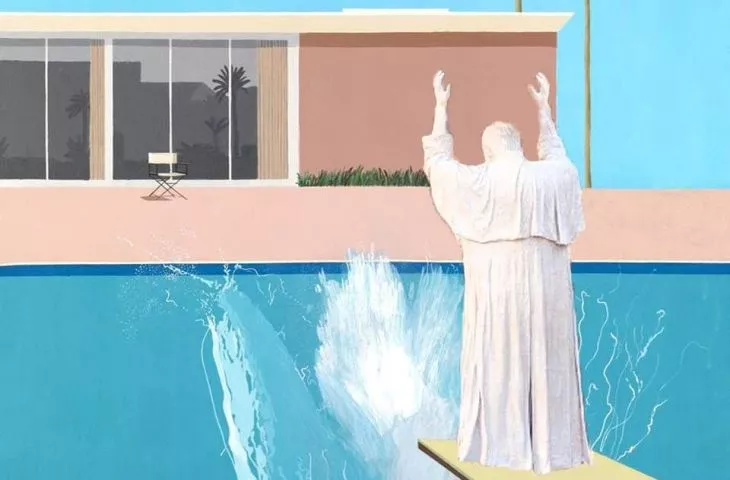Unveiled last Thursday in front of the National Museum in Warsaw, Jerzy Kalina 's installation continues to electrify the public. Numerous alterations are being made, and the Museum's response is not helping the cause.
Jerzy Kalina 's installation titled. "Poisoned Spring" was supposed to honor the Polish Pope on the centennial of his birth. And in fact it made a lot of noise about it. Only that instead of the Pope, it brought publicity rather to the artist and the museum. And not necessarily a positive one. In addition to negative comments questioning the artistic level, the use of symbols andthe quality of the workmanship, the Internet was overflowing with memes and more or less malicious alterations of the work. This is all the more surprising since the museum itself is reluctant to disseminate materials related to the installation. Our editorial staff has still not received the press package we requested a week ago. We were only notified that permission to send the photo package must be granted by acting Director Luke Gawl on a case-by-case basis.
museum's response
The day after the installation was officially unveiled, a statement issued by Lukasz Gawl appeared on the museum's website and Facebook fanpage, in which he explains the installation's presence by decisions made by his predecessor in 2019.
In 2019, the National Museum in Warsaw, as one of the capital's four museums, volunteered to participate in the celebration of the Papal Year, which falls in 2020. Invited on this occasion, Jerzy Kalina presented the installation "Poisoned Spring." Like any work of contemporary art, it opens up various fields of interpretation. I encourage a substantive discussion about this realization, about the role of art in social reality, freedom of artistic expression or the intertextuality of artworks.
Memo by Marcin Zglinski
memetic work
How to understand the popularity of Kalina's installation? Marcin Zglinski, an art historian from the IS PAN, explains the sources of this unwanted attention:
Memes in themselves, of course, are not a new phenomenon. The thing lies in too much pathos, which is easy to ridicule. It's not that bad art isn't being created in liberal circles. It is just that it is usually not so strained. It's a matter of a sense of humor. In the case of Kalina, a certain critical mass was surpassed, and that's why there was such a wide reaction to the installation.
He also notes that the very context of the site affects the perception of the work:
This is an installation placed in the National Museum in the capital. This is a place of very high rank, one could say the most important temple of art. Kalina grows out of an environment that in the 1970s and 1980s made, among other things, tombs of the Lord in churches for Easter. However, these installations, often very successful, were governed by their own rules. This was the place where the conservative-right art circle spoke the language of critical art. However, it was a different time and a different place, and the more ephemeral nature of these installations was also different. Some shortcomings of workmanship or conventionality of symbols got away with in that context. But that no longer works in the courtyard of the MNW in 2020.
Interestingly, according to Zglinski, Kalina's work broke some taboos:
In Poland, admittedly, there are jokes about the Pope, but they remained outside the mainstream. Kalina's installation crosses these boundaries. Besides, it seems that due to the ephemeral nature of the work, this will be the first officially dismantled monument to the Pope.
An art historian sums up the whole affair by saying that Kalina's installation itself can be treated as a meme:
It's like a pra-mem, on the basis of which other memes are created.
Helena Postawka-Lech




























